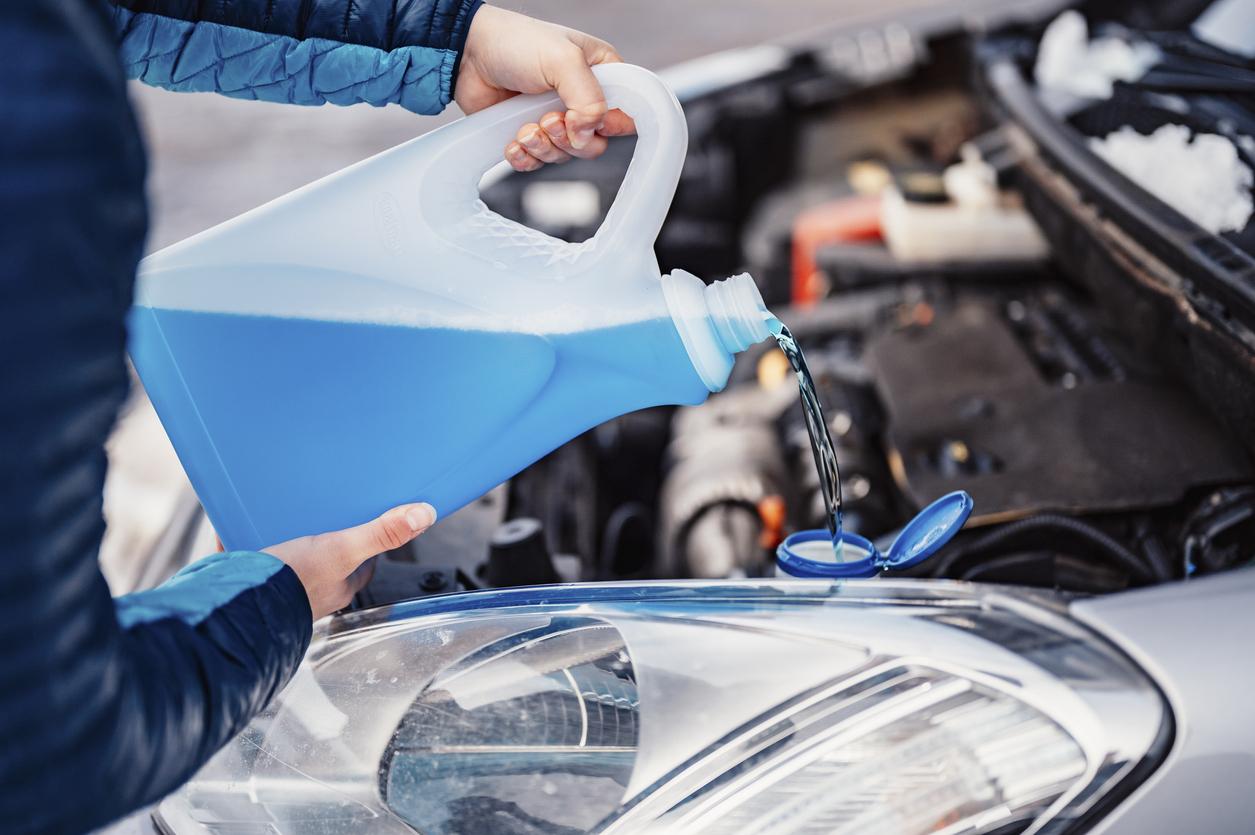In colder climates, it’s not uncommon for drivers to encounter frozen windshield wiper fluid. This can be both inconvenient and a safety concern, as wiper fluid helps keep your view clear on the road. If you’ve ever turned on your wipers and found the wiper fluid frozen solid, you know how important it is to fix this problem quickly and safely.

How to Thaw Frozen Windshield Wiper Fluid Quickly and Efficiently
If you’re dealing with frozen windshield wiper fluid, there are safe and effective ways to get your wiper system working again. Here’s how to thaw it without causing damage to your vehicle.
-
Move the Car to a Warm Location
If possible, move your car into a garage or another heated area. Letting your vehicle warm up indoors can be an effective, gradual way to thaw the fluid and reservoir. Depending on the temperature, it may take a couple of hours for the frozen fluid to melt. -
Use Your Car’s Defroster
Turn on your car and activate the defroster, setting it to the highest temperature and fan speed. Although this won’t directly warm the wiper fluid reservoir, it will raise the temperature under the hood, which can help melt the frozen windshield wiper fluid. It's not an immediate fix, but it can help speed up the thawing process. -
Pour Warm (Not Hot) Water Over the Reservoir
You can gently pour warm—not boiling—water over the windshield wiper fluid reservoir. Use this method carefully to avoid cracking the plastic from sudden temperature changes; pour slowly so the water can gradually warm the reservoir and help thaw the fluid. Repeat as necessary until the fluid begins to flow. -
Use a Windshield Washer Fluid Additive
Some automotive stores sell additives designed to lower the freezing point of wiper fluid. Adding a small amount to the reservoir can help prevent future freezing and speed up thawing if you have a partially thawed system. However, this step is most effective as a preventative measure once the fluid has already melted.
What Not to Do When Your Window Wiper Fluid is Frozen
Knowing what not to do is just as important as knowing how to fix the issue. Attempting certain actions can lead to damaged parts or even more severe issues. Here’s what to avoid:
-
Do Not Use Boiling Water
Pouring boiling water on a frozen windshield wiper fluid reservoir or the windshield can make plastic parts crack or shatter because of sudden, extreme temperature changes. Always use warm, not boiling, water to avoid costly damage.Avoid Adding Standard Water to the Fluid
Mixing plain water with your wiper fluid to lower its freezing point is not advisable. Water can dilute the wiper fluid, making it less effective, and it can freeze again when temperatures drop, possibly causing more ice in the reservoir or lines. -
Do Not Attempt to Force the Wipers to Dispense Fluid
Repeatedly pressing the washer fluid button to force out frozen fluid can damage the pump or motor. If you think the windshield wiper fluid is frozen, hold off on using the washer function until the fluid has fully thawed. -
Avoid Adding High-Alcohol Solutions Directly
Some people try using high-alcohol solutions to melt frozen fluid, but pouring them directly into the reservoir can cause damage. The high alcohol content can degrade the rubber and plastic components of the washer system. Stick to wiper fluid additives designed for use in freezing temperatures.
How to Prevent Your Windshield Wiper Fluid from Freezing
Once you’ve successfully thawed your windshield wiper fluid, taking steps to prevent future freezing can save you time and hassle. Here are a few preventive measures:
-
Switch to Winter-Grade Wiper Fluid: Winter-specific wiper fluids are formulated to resist freezing in colder temperatures. Look at the label for the lowest temperature rating, and switch to a winter-grade fluid when the weather gets cold.
-
Keep the Reservoir Full: A full reservoir reduces the amount of air in the system, which can help slow the freezing process. Regularly top off the fluid level during colder months to reduce freezing risk.
-
Check the Fluid Lines and Nozzles: Sometimes, the fluid lines or nozzles may be partially blocked, which can cause freezing issues. Regularly inspect these areas to ensure they’re clear.
By using these methods and avoiding certain mistakes, you can keep your windshield wiper system working smoothly even in cold weather. At Hawk Subaru, we have a variety of winter-ready accessories and products, including windshield washer fluids and other cold-weather essentials. Visit us today to find everything you need to keep your vehicle safe and comfortable, whether you’re traveling with pets or on solo trips this winter.



